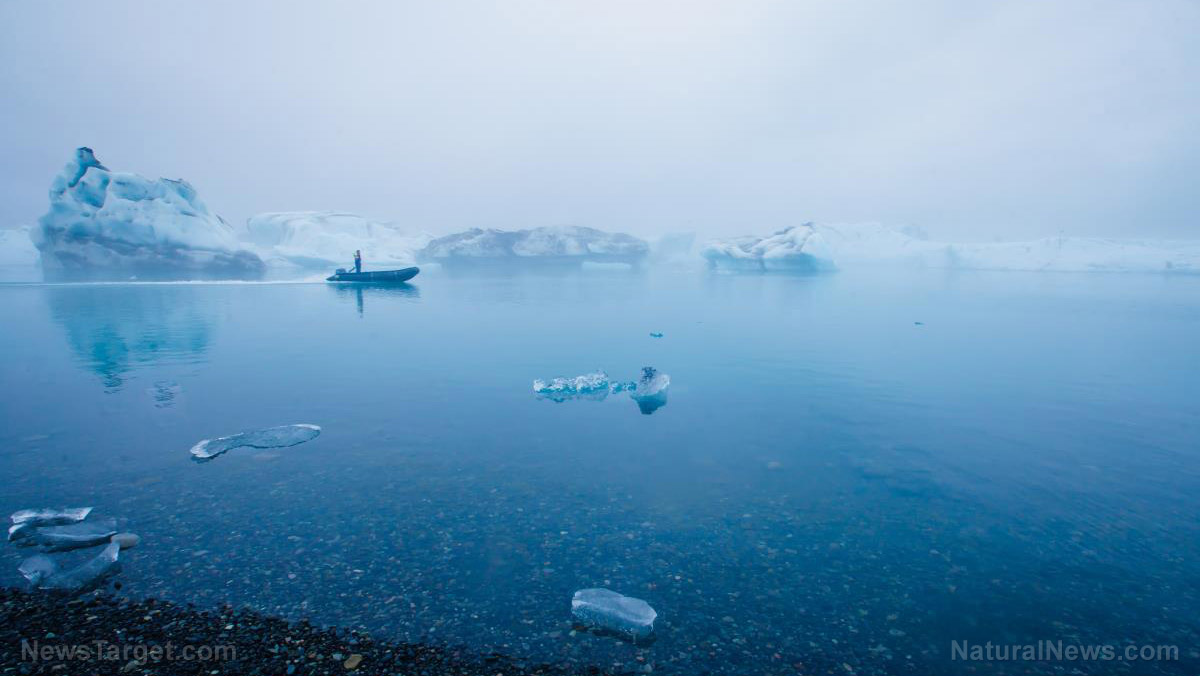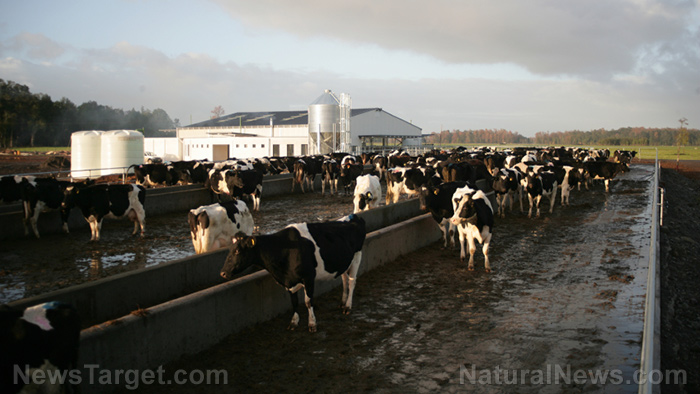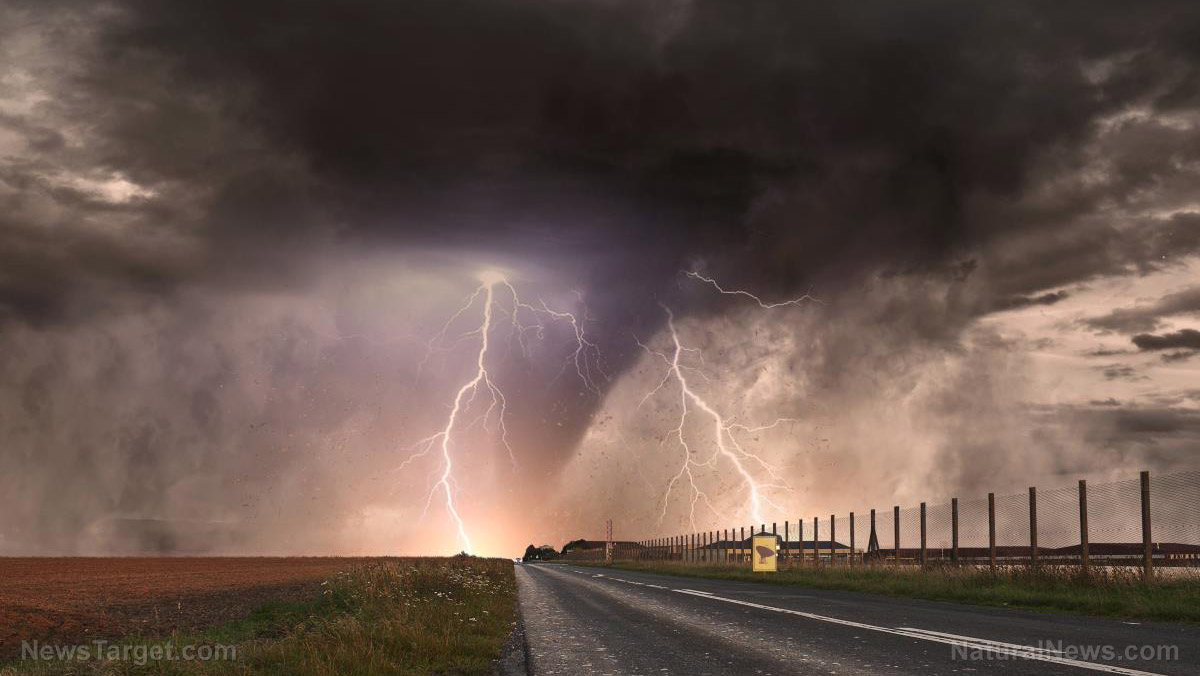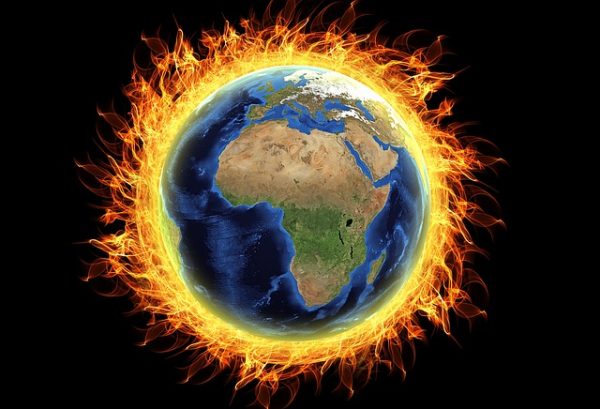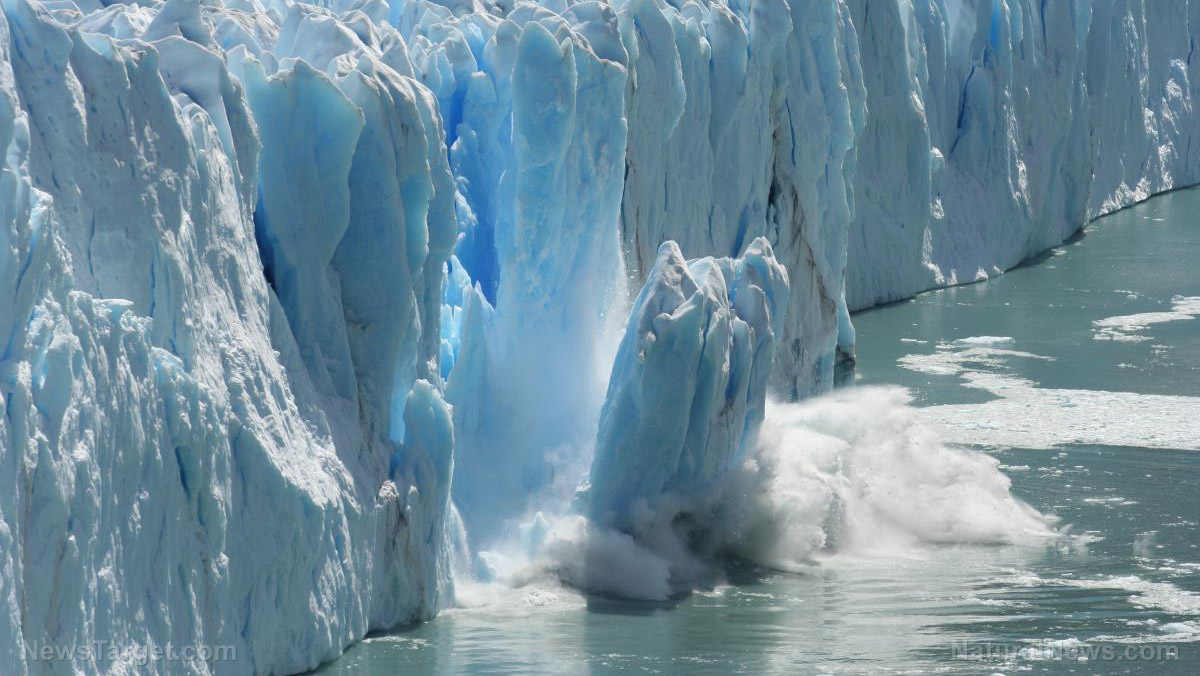Human efforts to reverse climate change could DESTROY the planet in catastrophic backfire, scientists warn
11/21/2017 / By Isabelle Z.

Reversing climate change seems to be the celebrity cause du jour, and there are many people who feel that significant action is needed to help counteract global warming. Most people want to protect the planet on which we live, but there is a lot of misinformation out there and plenty of debate on the best way to achieve this.
Some have touted geoengineering, or the purposeful manipulation of our climate to reverse its damages, as a way of dealing with climate change. However, experts have warned that some caution is needed here. Trying to manipulate the environment could backfire in spectacular fashion on humanity, destroying the very planet that supports us and that we are trying to save.
According to a new study in Nature Communications, trying to cool the planet artificially to counteract human-caused global warming is going to end badly for us.
The study was carried out by researchers from the University of Exeter, and their findings were very disturbing. For their research, they enlisted the help of advanced climate models to simulate how proposed climate interventions like intentionally injecting aerosols into our atmosphere to reduce the sun’s power to fuel destructive storms could affect us.
This might seem like a good idea on the surface. After all, volcanic eruptions do this naturally, with the particles emitted serving as a barrier to the sun’s hot rays and preventing them from reaching the planet’s surface.
This causes a short-term cooling, and some have proposed that humans attempt to mimic this in the northern hemisphere to lessen the strength of tropical storms. Emitting sulfur dioxide, just as volcanic eruptions do, has been touted as a cheap and relatively feasible way to deal with the problem. While the researchers’ climate models found that this would indeed have the potential to decrease the number of storms in the North Atlantic, it would come at a very significant cost.
Specifically, the reduction in tropical storms in this area would cause drought in some parts of Africa to skyrocket. In particular, the area between the Sudanian Savanna and the Sahara known as the Sahel would be impacted heavily. On the other hand, if aerosols were injected into the atmosphere above our planet’s southern hemisphere, drought in certain areas of Africa would actually be reduced, including the Sahel, while tropical storms in the Atlantic Ocean would rise significantly. It’s a losing proposition no matter which way you look at it.
Researchers call for regulations on geoengineering
Therefore, the researchers believe that geoengineering should be tightly controlled as a way to deal with climate change given this highly undesirable outcome. Otherwise, some countries could conceivably start carrying out geoengineering projects that would help them reach their own climate goals at the expense of other areas. In fact, it’s not a stretch to imagine that some could even do it intentionally to wreak havoc on nations they don’t agree with – or at the very least shrug off the risks because they don’t affect their country directly.
The study’s lead author, Dr. Anthony Jones, said: “Our results confirm that regional solar geoengineering is a highly risky strategy which could simultaneously benefit one region to the detriment of another.”
Moreover, the world would have to use many megatons of sulfur dioxide and pump it into the air every year to maintain the cooler temperatures needed, and it could also have unforeseen effects on water scarcity, food security and even power generation.
This really shouldn’t come as much of a surprise. Nature has shown us time and time again that humans interfere with it at their own peril. Push nature, and it will push right back and remind everyone who is really in charge.
Sources include:
Tagged Under: backfire, climate change, geoengineering, Global Cooling, global warming, sulfur dioxide, volcanic eruptions, weird science

